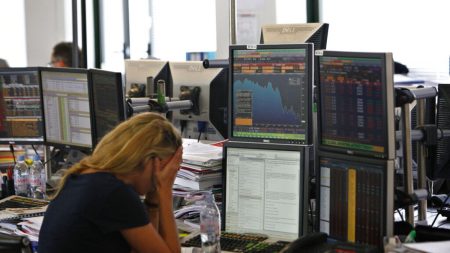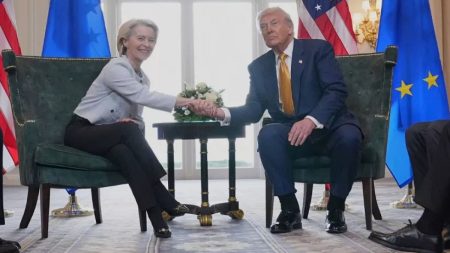The electric vehicle (EV) market is poised for continued growth in 2025, with global sales of battery electric vehicles projected to reach 15.1 million units, a substantial 30% increase. This surge would represent a 16.7% market share for battery EVs within the broader light vehicle market. However, this optimistic outlook is tempered by significant uncertainties stemming from potential policy shifts and trade disputes, particularly concerning the incoming Trump administration and its stance on existing EV incentives and potential tariffs. These uncertainties inject a degree of caution into the industry, making manufacturers hesitant to fully commit to aggressive expansion plans.
The primary source of uncertainty revolves around the future of government support for EVs. Under the previous administration, consumers benefited from federal tax credits of up to $7,500 for qualifying EVs, while manufacturers received support for production and infrastructure development. President Trump’s campaign rhetoric, however, characterized these incentives as a “green new scam” detrimental to the auto industry, raising concerns about their potential elimination. While the incoming administration’s deregulatory agenda could offer some benefits to automakers, the potential loss of tax credits poses a significant threat to EV adoption rates and manufacturers’ profitability. This ambiguity makes it difficult for companies to accurately forecast demand and plan production accordingly.
The looming threat of tariffs adds another layer of complexity to the situation. The global nature of EV production, with parts crisscrossing borders throughout the manufacturing process, makes the industry particularly vulnerable to trade disputes. President Trump’s stated intention to impose tariffs on imports from key trading partners like Mexico, Canada, and China, potentially triggering retaliatory measures, could disrupt supply chains, increase production costs, and ultimately depress sales. This uncertainty, combined with the potential loss of tax credits, creates a challenging environment for EV manufacturers to navigate.
The impact of these uncertainties is already being felt within the EV market. Even with existing incentives in place, some major players experienced mixed results in 2024. Tesla, the dominant EV manufacturer in the US, saw its sales decline for the first time in over a decade, while Rivian experienced modest growth. These figures highlight the volatility of the market and the sensitivity of consumer demand to external factors like government policy and economic conditions. The potential disruption from policy changes and trade wars could exacerbate these existing challenges and further dampen growth projections.
The broader auto industry is responding to this complex landscape with caution. S&P Global Mobility forecasts a slight decline in overall light vehicle production for both 2024 and 2025, reflecting a more cautious approach by manufacturers to align production with uncertain demand. While overall light vehicle sales are still projected to increase modestly in 2025, the industry’s cautious stance underscores the prevailing sense of uncertainty. The ongoing transition to electric vehicles further complicates production planning, as companies like Ford and General Motors retool existing facilities for EV production rather than expanding overall capacity.
The confluence of these factors paints a picture of a dynamic and uncertain market. While the long-term prospects for electric vehicles remain strong, driven by technological advancements, environmental concerns, and evolving consumer preferences, the near-term outlook is clouded by political and economic uncertainties. The potential for significant policy shifts and trade disruptions creates a challenging environment for manufacturers to navigate. The industry is adopting a wait-and-see approach, carefully monitoring the evolving policy landscape and adjusting production plans accordingly. The ultimate trajectory of the EV market in the coming years will depend heavily on the decisions made by policymakers and the unfolding global trade situation.














